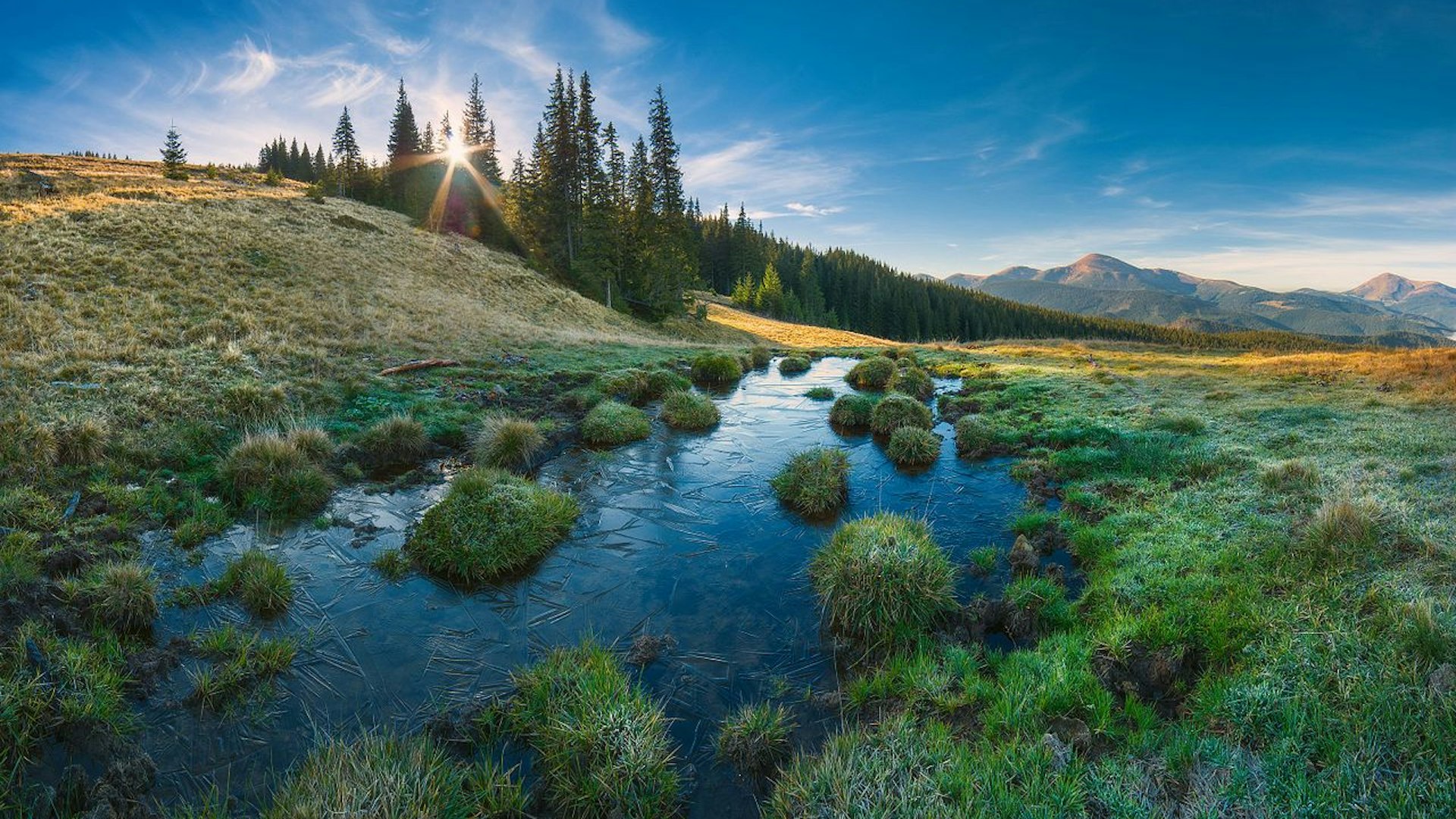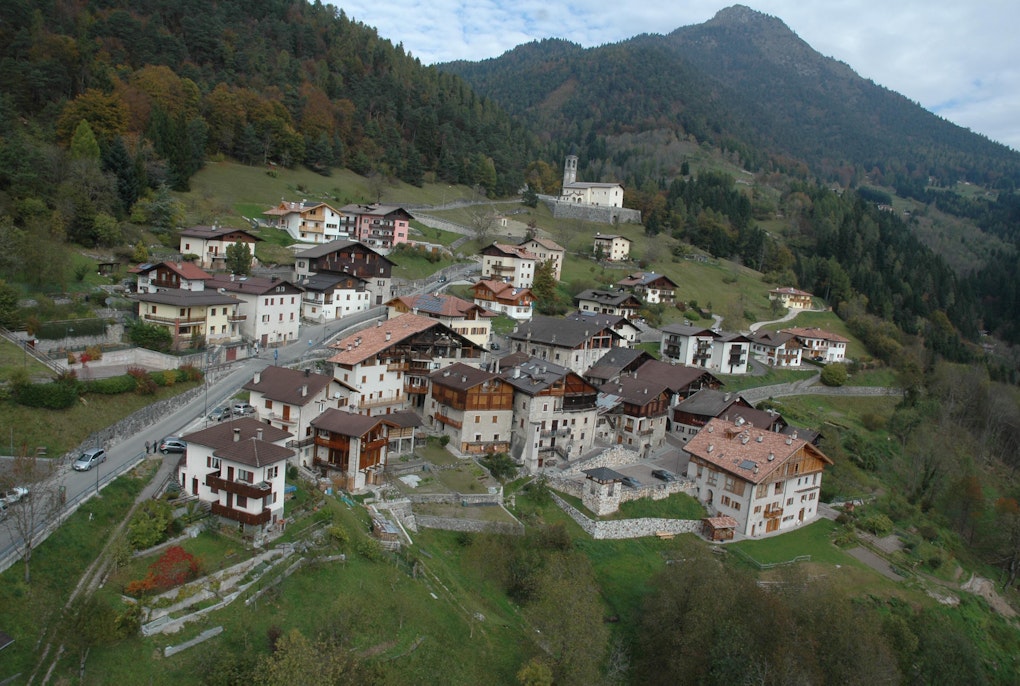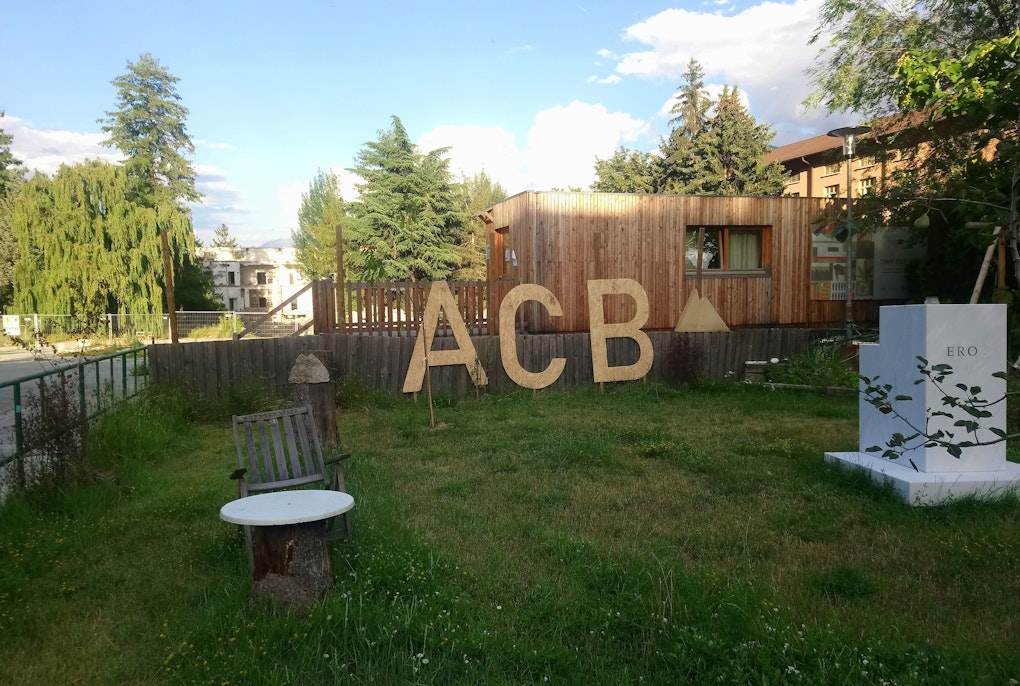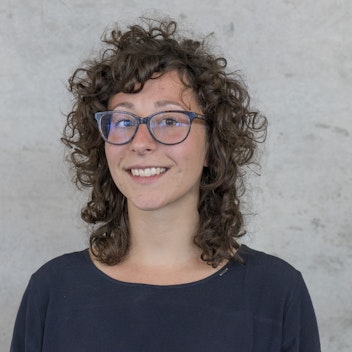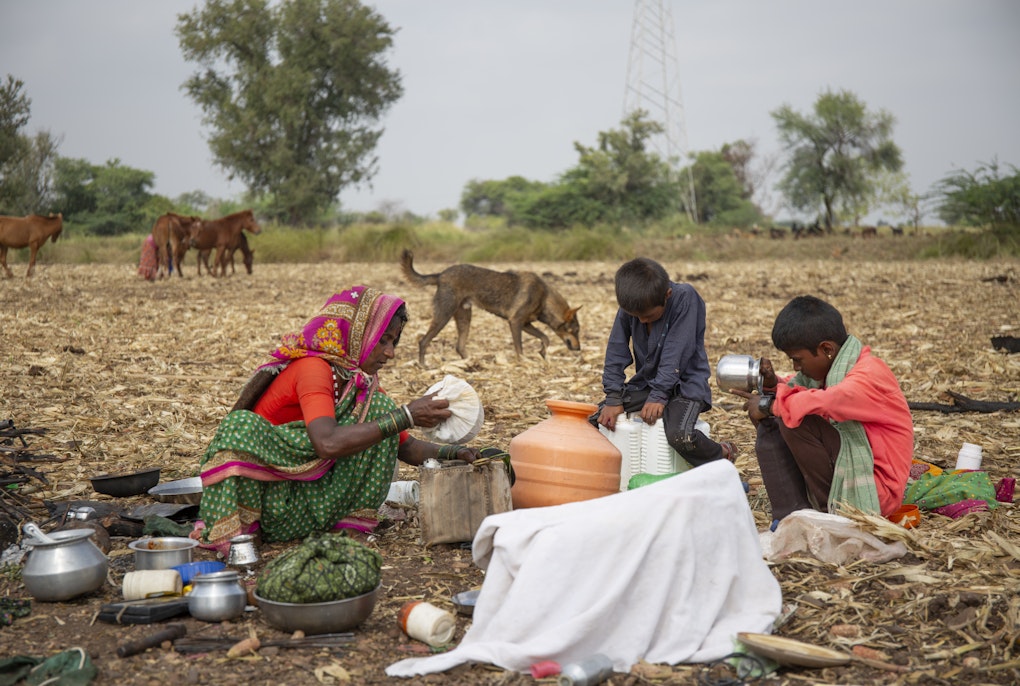magazine_ Feature
Cooperation key to overcoming threats in the Carpathians
The Carpathians are a center of biodiversity in Europe. And although they contain a vast amount of natural and cultural heritage, human impacts are threatening the region. Environmental lawyer Isidoro De Bortoli expounds on tackling wildlife crime and illegal logging in the area.
The ecology of the Carpathians varies with altitude, ranging from lowland forests to alpine meadows.
Photo: Вікіпедія | All rights reserved
The Centralparks project promotes initiatives and legal framework in the Carpathian region to mitigate the loss of biodiversity and to increase responsible resource management by strengthening protected areas and fostering protected area networks along this vulnerable mountain system.
“Civilization is like air or water. Wherever there is a passage, be it only a fissure, it will penetrate and modify the conditions of a country.”
Jules Verne, The Castle of the Carpathians
An uninterrupted arc
“Civilization is like air or water. Wherever there is a passage, be it only a fissure, it will penetrate and modify the conditions of a country.” ― Jules Verne, The Castle of the Carpathians
Published in 1892, Verne’s classic posited the impacts of human influences on natural environments. 130 years later the truth of this statement could not be more valid.
The Carpathian region includes both extensive forest and a range of mountains comprising an arc which encompasses both Central and Eastern Europe. Approximately 1,500 km in length, the mountain range is the third-longest in Europe. The magnitude of the area can be imagined when you realise that the region extends over 8 countries; the Czech Republic and Austria in the northwest to Slovakia, Poland, Hungary, Ukraine, Romania and Serbia in the south.
The geographical diversity of the region is complemented by its biodiversity, with the Carpathians providing habitats for Europe’s largest populations of wolves, lynxes, brown bears and chamois. Furthermore, the area hosts over one-third of all the continent’s plant species as well as extensive and ancient virgin forests which lay claim to Europe's largest area of unfragmented woodland. And though this may sound idyllic, tension abounds in the sylvan paradise. Deforestation rates due to illegal logging in the Carpathians are high. Illegal poaching of carnivores and birds, illegal fishing of sturgeon and the trade in their caviar is rampant. And although parts of the Carpathians are under protection, these parts constitute less than a fifth - far below the European average of 25%.
The environmental and economic capacities of the region are unquestionable and so is the need to step up wildlife stewardship and sustainable developments in tourism, resource management and ecosystem services – but how? Eurac Research’s Isidoro De Bortoli is the project manager for the Centralparks initiative. With a background in, and a passion for environmental law, he is part of a diverse team which since 2013, has implemented a variety of actions for the integrated management of biodiversity in the region. Under the aegis of the project, protected area managers have been educated to focus on enhancing biodiversity and landscape conservation. With this in mind, toolkits and policies have been developed to foster local sustainable tourism development, integrated nature conservation planning, habitat evaluation, ecosystem services, and communication with local communities. Recently the Centralparks project held its Final Conference with almost 40 speakers, and over 70 event participants in Wieliczka, Poland, and more than 100 people connected online. In an interview with De Bortoli we look back on the project’s journey.
How did your involvement with the Carpathians begin?
De Bortoli: In 2017, we published a great booklet regarding wildlife crimes in the Carpathians together with the United Nations which built on the outcomes of a legal analysis on wildlife crime and illegal logging in the Danube-Carpathian region. The output was the result of several expert teams coming together; the Secretariat of the Carpathian Convention, the World Wide Fund for Nature – Danube Carpathian Programme, the Institute of Biology Bucharest, Romanian Academy and the International Commission for the Protection of the Danube River. The endeavor resulted in the cementing of longstanding relations that have continued until today. We focused on policies and legal frameworks in place in the region that would address and combat illegal logging, illegal fishing of sturgeon and caviar trade as well as the poaching of large carnivores and the illegal killing of wild birds. The study revealed that, despite being protected and covered by numerous policies, conventions and organizations, the Danube-Carpathian region remains under increased threat and contains environment-related illegal trafficking routes, for wood, animals, animal parts and plants. However, our cooperation with the Carpathian Region continues to be long-lasting.
How is the situation now in terms of illegal activities?
De Bortoli: Illegal logging and the misuse of permits are still not being adequately addressed in many Danube-Carpathian range States. Timber is being illegally cut and transported across and beyond the borders of the mountain range States. In addition, sturgeon populations are still in significant decline due to poaching. This extends to EU bird species as well as migratory birds which are increasingly threatened by illegal killing, fueled by the growing demand of restaurants and other consumers in Southeast and Central Europe. Finally, the poaching of large carnivores remains a major threat to the Eurasian lynx, brown bear and grey wolf populations however, the Centralparks Project however has made and is continuing to make massive inroads.
How so?
De Bortoli: We have this strong cooperation with the Carpathian Convention, consolidated by the work we did there in the past. We also collaborated on specific schematic protocols produced by the secretariat. It's a long story of strong and very important cooperation, as lead partners we coordinated everything in terms of content, and of course also in terms of the administrative work – there’s a lot in such projects! And of course, there are vast amounts of action being simultaneously implemented to positively impact the wildlife, the communities who live in the area and to promote the sustainable management of the protected area’s resources. Centralparks implements integrated biodiversity management through transnational multidisciplinary working groups involving experts from the Carpathian countries. We reconcile nature conservation and local socio-economic development through increasing both the support and participation of local communities. We have also promoted transnational networking, vital in harmonizing approaches and actions in border and transboundary protected areas.
There must have been so many challenges.
De Bortoli: Corruption is very strong; the Carpathians are becoming a kind of Amazon. The forest is being destroyed. We as Europeans are buying the wood and local communities are so poor that they need the money they get for this from the black market. Not many people know that the Carpathians are the biggest lungs of Europe, because they produce a lot of fresh air for us and even in the cases when Carpathian inhabitants do know this, they are often more concerned with the here and now and getting food on the table and a roof over their heads. The situation is grievous, seven Romanian rangers have been killed in the last two years. Of course, no one has been put in prison. And that is the future, to protect the Carpathian forest, and the people who look after it.
How has the situation in Ukraine affected your work?
De Bortoli: The recent happenings have of course impacted this, at the final conference we just had, our Ukrainian colleagues had to participate online and couldn’t be there in presence- however this didn’t impair the impact of their contribution. Roman Cherepanyn, WWF Ukraine’s senior conservation expert gave a speech which in light of the situation had incredible resonance.
“Cooperation on conservation and between protected areas is becoming ever more essential. The sustainable development of the Carpathian region should include the conservation of the unique nature and biodiversity of these mountains, as well as take into account the socio-economic development of local communities and local populations. We understand that nature has no borders, so the decision to manage unique natural areas must be made comprehensively – taking into account the experience and interests of all countries in the Carpathian region. It is extremely important to strengthen cooperation in transboundary protected areas, which are model objects for the implementation of sustainable management decisions. It is strange to say this in the 22nd year of the 21st century but building a sustainable future for the Carpathian region or for the countries of the Carpathian region is impossible without peace.”
Building a sustainable future for the Carpathian region or for the countries of the Carpathian region is impossible without peace.
Roman Cherepanyn, WWF Ukraine’s senior conservation expert
So, the key word here is cooperation?
De Bortoli: In my opening speech I thanked of all the participants, and my colleagues, and all the project partners who attended the conference. Both in presence and online. It was impossible for our Ukrainian colleagues to be there in this time of war. And for others, the shadow of the pandemic was another obstacle. And I just told the audience that for me, this moment was a new beginning for the Carpathians and also for our partnership, we were opening a new beginning for Carpathian cooperation, because the project focused mostly on the importance of communication across boundaries. People from different countries, speaking different languages, sharing different environments and cultures. So, cooperation is very central. It's the motto of the program. And we demonstrated that being there with all the partners, with people coming from different sides of Europe that corporation is active and will continue to be more active than ever, even in these crazy times.
Can we use the Centralparks framework further afield?
De Bortoli: Forests cover over 43% of Europe’s surface. They provide a range of ecosystem services vital to society and our well-being. They offer protection against soil erosion; regulate local and global climate; provide wood and other products; are places for recreation; and finally, they provide essential habitats for a multitude of animal and plant species. Yes, we can use this framework further afield, but I would like to reinforce this by saying we simply must instigate good practices to maintain and foster this long-term provision of key services, especially now in the face of rapid climate change, and natural and human-related disturbances.
About the Interviewed
Isidoro De Bortoli has been a researcher and project manager at the Institute for Regional Development of Eurac Research since 2013. He holds a master’s degree in Private International Law from the University of Trento and is an environmental lawyer. He also completed a second-level Master in World Natural Heritage Management.
